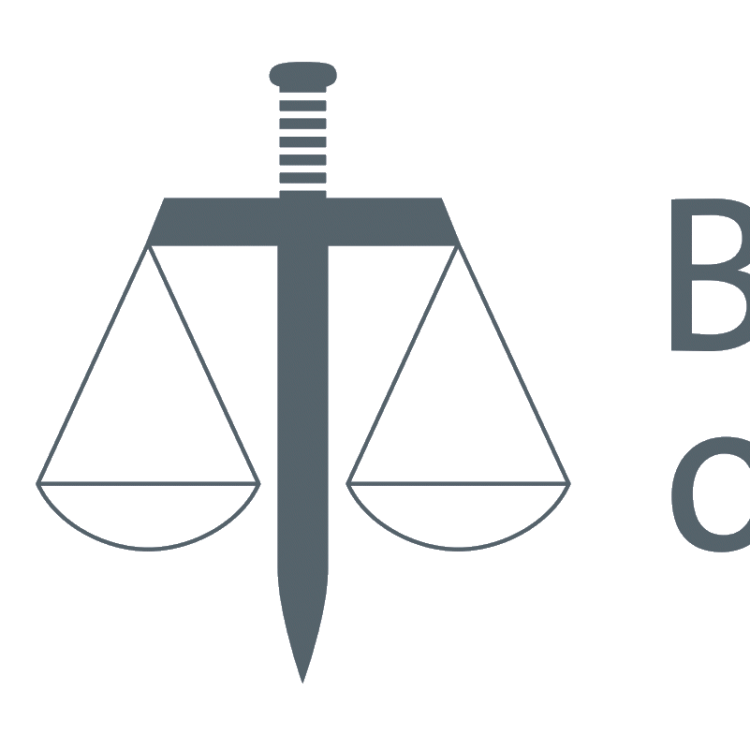
“Associated with” vs. ”including” – valkuilen bij het invoegen van synoniemen in claims
The invention concerned an apparatus for pulling a section from an animal carcass during boning or cutting. The characterizing feature of the granted claim 1 read: "the means for anchoring includes ... control element ..." (emphasis added). Said formulation was introduced to the main claim based on the original dependent claim 4, which specified: "the control element associated with the means for anchoring" (emphasis added). The opponent contested the term "includes" for not having express basis in the claimed context of the application as filed and, agreeing with this, the OD held inter alia that replacing the original term "associated with" by the term "includes" resulted in added subject-matter.
The proprietor appealed the OD’s decision, notably arguing that the objected term from the granted claims was in fact a synonym of the term “associated with” as present in the text and claims as filed.
When analysing the impugned decision, the Board firstly analysed the differences in meanings of both terms in the English language. The Board pointed out that the original term "associated with" covers both a physical association and a functional association, and consequently is broader than the restricted to a physical association term "includes" that, hence, should be construed more specifically as "to comprise" or "to have as ... constituent element".
Since this meaning of the contested term as present in the granted claims was not broader than of the one as originally disclosed, the Board concluded that for the claim requests containing the specific term “includes”, the point of contention was not the violation of Art. 123(3) EPC. Rather the question was whether the skilled person would understand the two terms as truly synonymous in the light of the original disclosure.
Accordingly, the Board then examined if it was implicit from the application as filed that the control element could specifically be “comprised in” the anchoring means (corresponding to the specific term “included” as granted) or only that it more broadly combined therewith for serving a common purpose (corresponding to the original and broader wording “associated with”).
As part of their analysis, the Board referred to a specific embodiment of the claimed apparatus depicted in figure 3 for possibly, though debatable, showing a control element comprised in the anchoring means. However, due to the lack in the claims of other features from this embodiment, which appeared to be structurally and/or functionally liked to the researched arrangement, the Board concluded that a general amendment based on such single embodiment would constitute an unallowable intermediate generalization.
The Board consequently concluded that the description did not provide a clear insight as to the exact relationship between the means for anchoring and the control element. Based on this, the Board stated that: “even when taking the patent application as its own dictionary - the terms "associated with" and "includes" do not acquire the same meaning in the context of the patent in suit.” Consequently, the main request and the two auxiliary requests retaining the term "includes” were all rejected for containing subject-matter extending beyond the application as filed, i.e. violating Art. 123(2) EPC.
The only remaining auxiliary request wherein the original but broader term “associated with” was reintroduced by the appellant/proprietor (though in a context of a more specifically defined apparatus than in the main request) was also rejected for extending the protection as conferred by the granted patent contrary to Art. 123(3) EPC.
All the requests failed on the ground of Art. 100(c) EPC and the patent had to be revoked.






